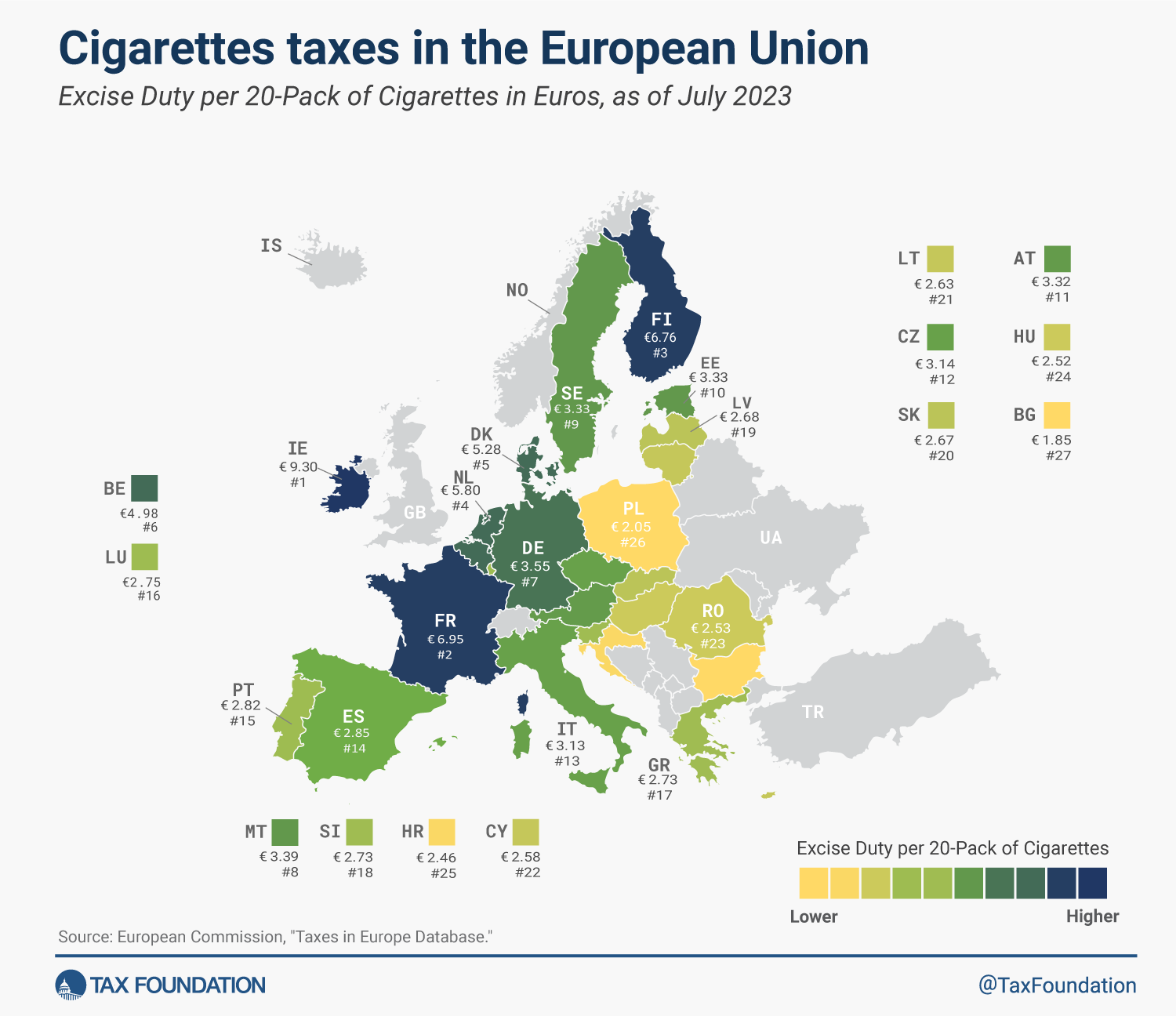The top 5 AI terms corporate tax professionals need to know
Developments in artificial intelligence (AI) are advancing rapidly all the time, and it’s set to play an increasingly important role in everyday life and the professional landscape. It is inevitable that in the next few years, it will impact – and even transform – how corporate tax professionals go about their work.
The good news is, AI should solve many pain points and make it easier (and quicker) to do a good job: cutting out repetitive processes and minimizing the risk of error, while enabling you to stay ahead of fast-changing regulations and keep on top of disparate data.
AI is a very broad term that encompasses a wide variety of possibilities, and it has many sub-sets. So, what are the key aspects of AI that are likely to affect the world of corporate tax? Here are the top five AI terms corporate tax professionals need to know:
1. Generative AI
Generative AI can undertake creative processes based on specific prompts it is given by people using it. Chat GPT is the most obvious example of a publicly available generative AI tool, but there are many others, that you can use to generate new material, including complex written text, images, audio, and video.
For corporate tax professionals, generative AI could be useful for writing insightful reports, generating summaries, delivering detailed tax analyses, or explaining complex concepts just by giving it some clear parameters. It could also provide a quick and easy way to map organizational tax issues or multi-jurisdictional regulations by creating interactive graphics.
2. Machine learning
Machine learning involves training algorithms to learn from large amounts of data so that the software can perform tasks and improve how it performs those tasks over time. Unlike with traditional computing, there’s no need for the software to be given specific instructions for every aspect of a task because it learns what to do.
It can extract meaning from historical data patterns and real-time data, for example, by using interconnected artificial neurons to create “neural networks” to process data in a similar way to the human brain. It works in a variety of ways, from “foundation models” which start using large volumes of relatively simple data to achieve complex outcomes, to “deep learning” which creates highly sophisticated models that can uncover hidden patterns by applying weighted parameters to data.
As a result, it could learn to do high-level calculations, decipher complex tax codes, or interpret and assess compliance with regulations. It could help pinpoint errors, highlight anomalies and inconsistencies, flag up fraud, offer recommendations, or even make decisions.
3. Data analytics
AI can turbocharge data analytics, enabling vast amounts of disparate data to be automatically collated, organized, reviewed, and analyzed in a way that would either be extremely time-consuming or even impossible for humans to do. Tax authorities are already using advanced data analytics to achieve greater visibility over the tax landscape, so companies should be doing the same to get greater oversight over their operations, too.
AI-powered data analytics can help break down siloes and automate tax work across an organization, enabling massive data sets to be managed and reconciled effectively and efficiently, so that reporting is more timely, consistent, and accurate, and compliance is assured.
Algorithms can help make the data meaningful, for example by spotting potential future trends and outcomes (known as predictive analytics) or by applying it to audits (audit analytics) to enhance retrospective insights and audit quality.
4. “Intelligent” Robotic Process Automation
Robotic Process Automation (RPA) uses software robots (also known as “bots”) to automate high-volume, rule-based, repeatable direct and indirect tax processes such as data preparation, analysis, and reporting.
For instance, it could be used to gather, aggregate input, verify, and process data, conduct tax calculations, fill out, and review tax returns, and automate the submission of tax filings to tax authorities.
RPA does not necessarily incorporate artificial intelligence, but it can – and increasingly does. This makes for more “intelligent automation” which can learn and effectively think processes through. So, it can be used for more than purely rules-based processes and applied to more complex scenarios.
5. Cognitive Computing
Cognitive computing uses machine learning and natural language processing (algorithms that understand and generate human language) to support people in their decision-making. While the technology is designed to mimic human thought processes, such as learning and problem-solving, the AI partners with people to find the best answer or select the most appropriate outcome. So tax professionals can draw on their expertise, while also being aided by machine learning, to draw conclusions and make better-informed decisions.
Harness the power of AI for corporate tax departments
Given the complexity of many organizations’ operations, and with global tax regulations becoming ever more demanding, it makes sense to harness the power of AI to save time and streamline processes, while increasing accuracy, ensuring compliance, and delivering deeper insights.
_____________________________________________________________________________________________
Learn more about the Thomson Reuters approach to AI or find out more about what impact AI could have on corporate tax work by downloading our 2024 Corporate Tax Department Technology Report.
_____________________________________________________________________________________________






